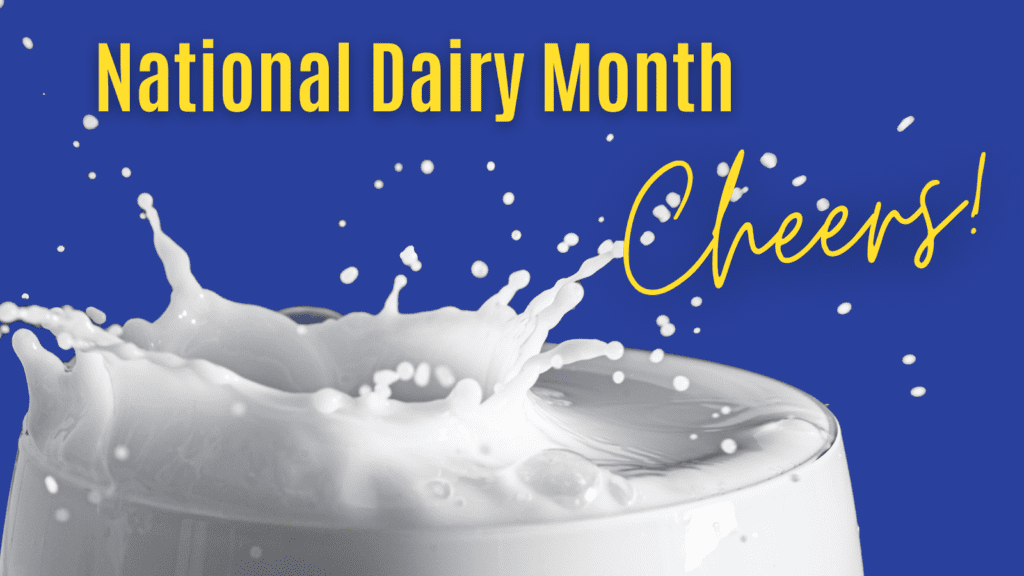
By Darren Turley
TAD Executive Director
National Dairy Month is the ideal time for the Texas dairy industry to thank everyone who continues to buy and enjoy milk and dairy products even as recent headlines highlight unprecedented health issues faced by dairy herds in Texas and other states.
For the first time, highly pathogenic avian influenza – or “bird flu” in media shorthand – has been found in mammals. While the disease temporarily reduces the amount of milk cows produce, the milk itself, if pasteurized, remains safe to drink, assure federal officials.
Once again, pasteurization proves why it was considered a major public health breakthrough in the early 20th century. Exactly a century ago, in 1924, Grade A Pasteurization became a recommended federal standard. The process is still considered the only way to ensure milk products do not contain dangerous bacteria that can cause illness or even death.
The Texas Association of Dairymen has long worked with the Texas Legislature to make sure milk found on store shelves in our state is required to be pasteurized. We agree with the Centers for Disease Control and Prevention that consuming raw, or unpasteurized, milk is a serious health risk.
In fact, most Texas dairy farmers will tell you their own families only drink pasteurized milk, even with direct access to an abundant supply of milk straight from their cows.
While pasteurization is critical to keep milk safe, it’s just one of many food safety measures milk undergoes in the two-day journey from our farms to your local retailer. By the time you buy it, it has been tested numerous times, transported at a specific temperature and undergone numerous food safety checks. You can be confident you’re buying not only a healthy product, but a safe one.
It all starts with providing cows with a nutritious diet, fresh water, shelter and veterinary care. Cows are milked under strict sanitation protocols for themselves, workers and machinery. For example, a cow’s udder is disinfected before she is milked, and milking equipment is thoroughly cleaned both before and after each use. Human hands never touch milk as it travels to your table.
From the cows, milk is pumped directly into tanks and quickly cooled to just above freezing within two hours to reduce possible bacterial growth. The milk is tested for safety and quality, including traces of antibiotics. Milk from a cow treated with antibiotics is discarded and does not enter the food supply.
Insulated tankers to keep milk cold, sealed to prevent tampering or contamination, pick up milk daily from the farm and deliver it to processing plants. There, it is again tested for temperature and antibiotics, then pasteurized. The entire tanker of milk is thrown out if antibiotics are found.
Milk is then packaged and delivered to the retailer. As a consumer, you can also help keep milk safe, especially during summer’s relentless heat, by picking it up last during your grocery trip and getting it into your refrigerator as soon as possible.
Milk and dairy products have been a vital part of the American diet for generations. Today’s dairy farmers, more than ever, are committed to continuing that tradition by producing food that is both healthy and safe.


